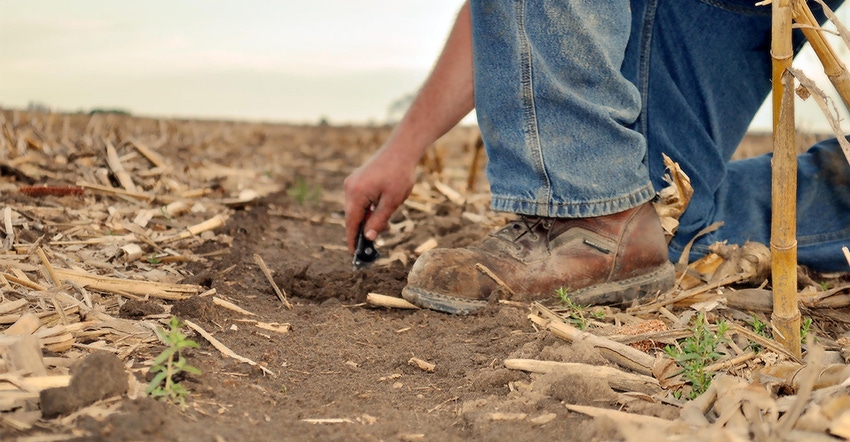December 22, 2017

Sponsored Content
Bt corn has been a game-changing technology since the first field was planted in the mid-1990s, protecting corn yield from insect pressure.
But if these traits are mismanaged, the benefits of this technology could disappear from your fields. And it’s not regulations threatening to take it away – it’s the very insects Bt corn technology is protecting against.
“Bt technology has changed the way we look at managing pests in our corn crop,” says Chad Wetzel, corn farmer from Tom Bean, Texas. “Without it, we’re looking at a pretty significant drop in our profitability potential.”
Bt Stewardship
The use of Bt corn has always been contingent on the implementation of an insect resistance management (IRM) plan. IRM plans encourage diversified management tactics to reduce insect pressure while minimizing the threat for resistance development.
“Our IRM plan is all about outsmarting the insects. Besides planting a refuge, we rotate soybeans and wheat between corn crops and scout fields to make sure our control methods are working and to identify potential problem areas for next season,” says Wetzel.
A robust IRM plan includes:
Refuge planting and management
Use of multiple management strategies, such as:
Cultural practices, like crop rotation
Using pyramided traits
Rotating Bt traits
Rotating and using multiple modes of action for all insecticide seed treatments and insecticide applications
Scouting to determine efficacy of control measures used and identify whether further action is necessary for effective control
Plant a Refuge
The number-one rule of an IRM plan is to plant a refuge to accompany all planted Bt corn acres. When a refuge is planted correctly, the only Bt-susceptible insects alive in and around the Bt corn field would have fed on the non-Bt refuge corn. In the case of an insect surviving after feeding on the Bt corn, the only other insects to mate with would still be Bt-susceptible because they fed on the refuge, lessening the chances the Bt-survival trait from being passed to the next generation.
The benefits of Bt technology are plenty, and it can be tempting to skip planting the required refuge, which may be 20 or 50 percent depending on the product, in favor of planting more higher-yielding Bt corn. So what happens when farmers skip the refuge?
The chances of an insect surviving after feeding on Bt corn and then finding another surviving insect to mate with dramatically increase, also increasing the likelihood that the next generation could feed on Bt corn without dying. And then the resistance cycle starts spinning.
“If we do it the right way now, we can bank on this technology in the future,” says Wetzel.
Take Action is an industry-wide partnership founded by the soy checkoff that advocates a diverse approach to weed, disease, and insect management to avoid resistance. NCGA and the Agricultural Biotechnology Stewardship Technical Committee (ABSTC), a consortium of Bt corn registrants, are part of the Take Action program that helps farmers develop insect resistance management plans and refuge strategies for their farms. For more information and to download insect-resistance management resources, visit www.IWillTakeAction.com.
About the Author(s)
You May Also Like




